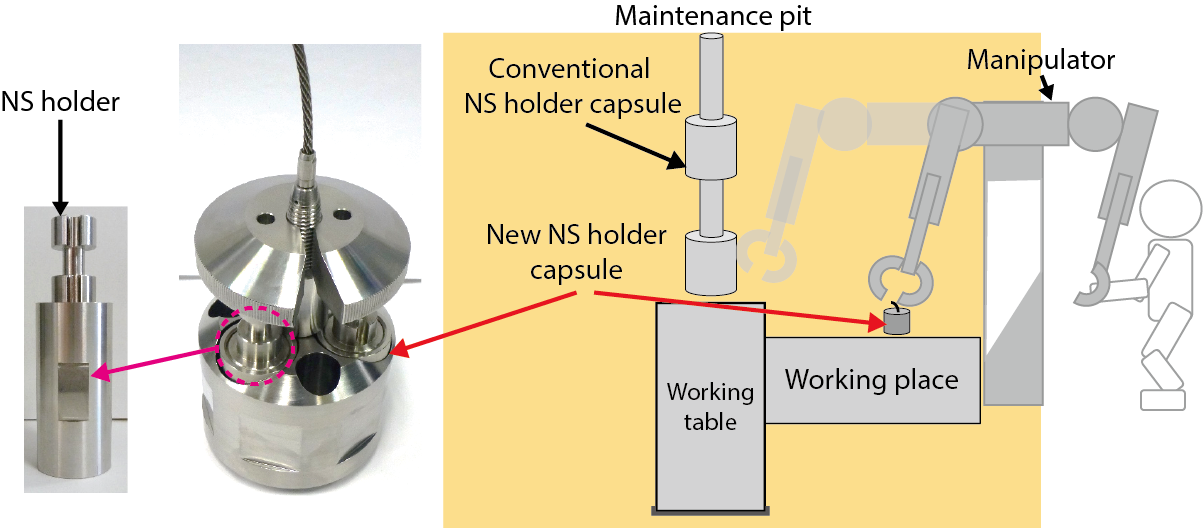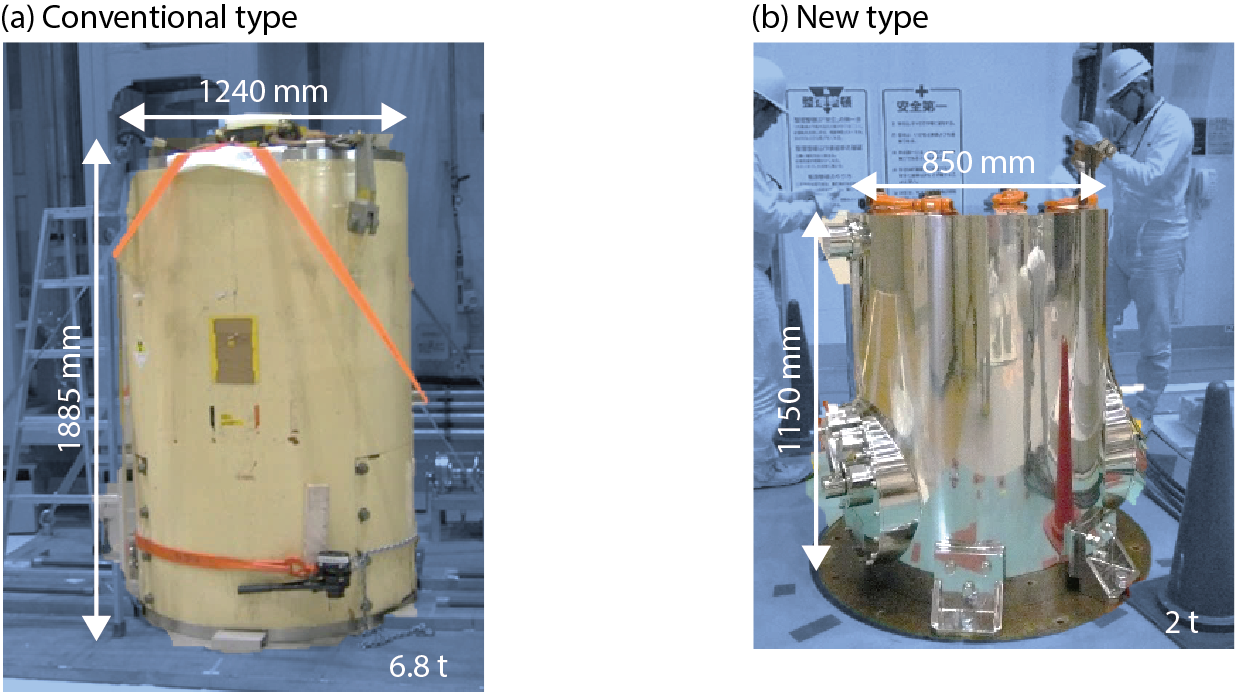
Fig.6-9 Schematic of NS exchange work after improvement

Fig.6-10 Transportation containers
For commercializing High Temperature Gas-cooled Reactors (HTGRs), we must accumulate, continuously improve, and upgrade the maintenance technologies of the High Temperature engineering Test Reactor (HTTR).
The HTTR has three neutron startup sources (NSs) in the reactor core. The NSs are used not only for start-up, but also to confirm the integrity of the in-core neutron detector (wide-range monitor) after a reactor shutdown.
The NS (252Cf) is placed in the NS holder (diameter 30 mm, height 100 mm) of the HTTR (Fig.6-9). Approximately, every seven years, NS is exchanged by a remote handling manipulator in the maintenance pit of a concrete cell.
The above-described exchange mechanism is afflicted by two problems: (1) Difficulty of handling the small-sized NS holder by manipulator, and (2) insufficiency of the aseismic performance of the transportation container structure.
To solve the above problems, we propose two solutions: (1) Moving the handling position to nearby the manipulator operator, which eases the handling and improves the safety, and (2) improving the aseismic performance of the transportation container by downsizing and installing a bolt-fixing structure.
Based on these proposals, we developed a new NS holder capsule and transportation container.
The conventional NS holder capsule was too large to place near the manipulator operator (Fig.6-9). Therefore, it was necessary to pull the NS holder from the NS holder capsule and transport it to the working place. As the working place was far from the holding capsule, the NS holder was at risk of falling. However, after downsizing the NS holder capsule, the NS could be transported to the working place without such handling errors. The transportation container (Fig.6-10(b)) was also downsized from the conventional transportation container (Fig.6-10(a)). Moreover, the bolt-fixing structure improved the aseismic performance.
As mentioned above, we improved the safety of the NSs exchange work by developing a new transportation container. The downsizing resolves the technical issues recognized in previous NSs exchange works.
By continuously improving the maintenance technologies and accumulating knowledge of the HTTR, we can contribute to the commercialization of HTGRs.